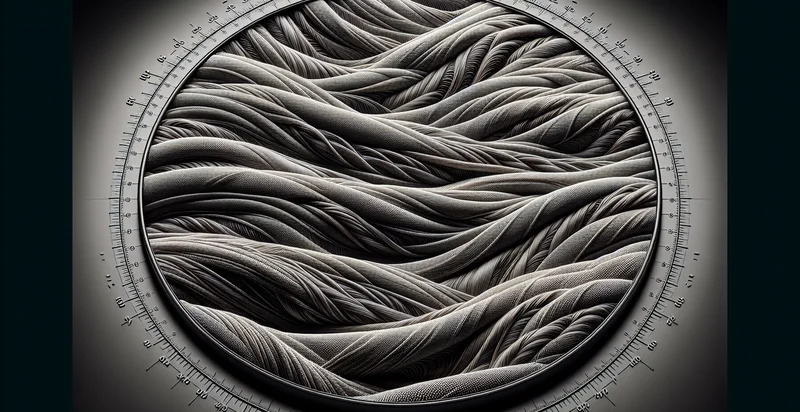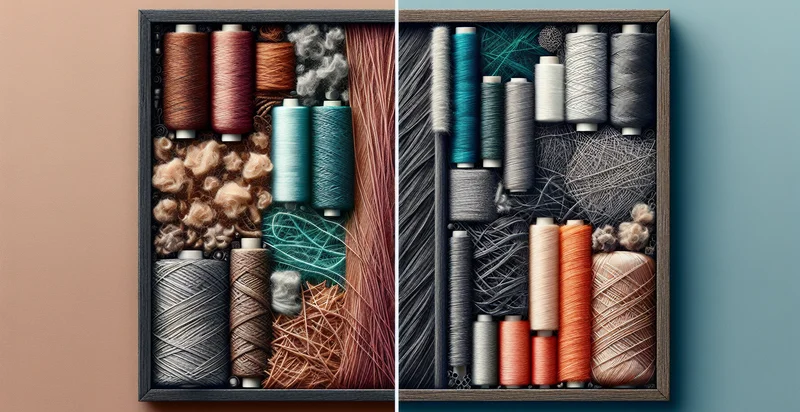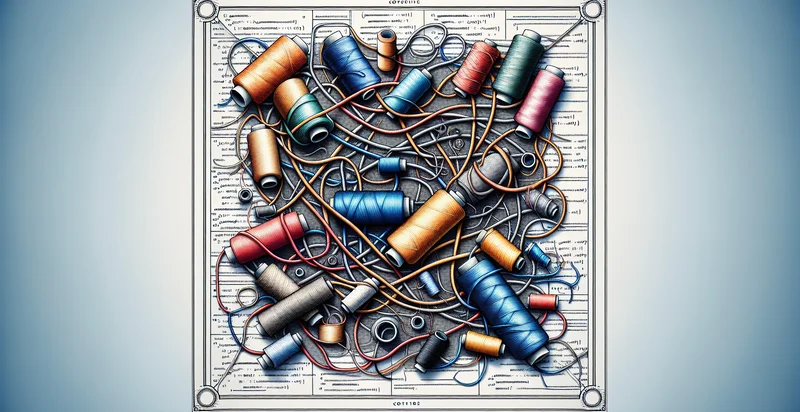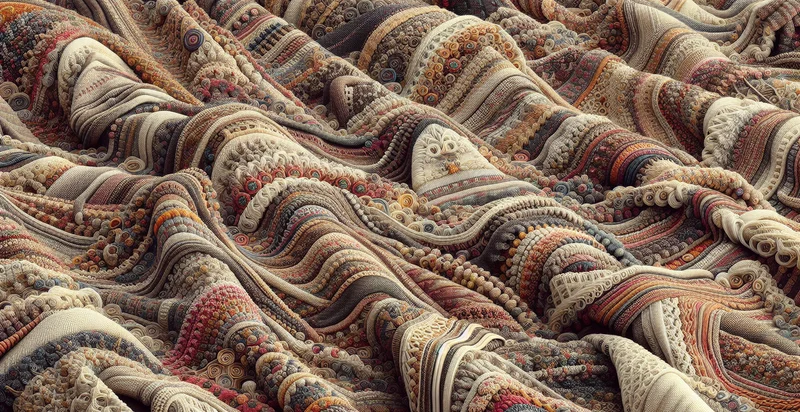Identify thread count
using AI
Below is a free classifier to identify thread count. Just upload your image, and our AI will predict the thread count of various fabrics - in just seconds.

Contact us for API access
Or, use Nyckel to build highly-accurate custom classifiers in just minutes. No PhD required.
Get started
import nyckel
credentials = nyckel.Credentials("YOUR_CLIENT_ID", "YOUR_CLIENT_SECRET")
nyckel.invoke("thread-count", "your_image_url", credentials)
fetch('https://www.nyckel.com/v1/functions/thread-count/invoke', {
method: 'POST',
headers: {
'Authorization': 'Bearer ' + 'YOUR_BEARER_TOKEN',
'Content-Type': 'application/json',
},
body: JSON.stringify(
{"data": "your_image_url"}
)
})
.then(response => response.json())
.then(data => console.log(data));
curl -X POST \
-H "Content-Type: application/json" \
-H "Authorization: Bearer YOUR_BEARER_TOKEN" \
-d '{"data": "your_image_url"}' \
https://www.nyckel.com/v1/functions/thread-count/invoke
How this classifier works
To start, upload your image. Our AI tool will then predict the thread count of various fabrics.
This pretrained image model uses a Nyckel-created dataset and has 8 labels, including Coarse, Extra Fine, Fine, Medium, Medium Coarse, Medium Fine, Super Fine and Ultra Fine.
We'll also show a confidence score (the higher the number, the more confident the AI model is around the thread count of various fabrics).
Whether you're just curious or building thread count detection into your application, we hope our classifier proves helpful.
Related Classifiers
Need to identify thread count at scale?
Get API or Zapier access to this classifier for free. It's perfect for:
- Quality Assurance in Textiles: This function can be used by textile manufacturers to identify the thread count in various fabric samples. By accurately classifying images and determining thread density, manufacturers can ensure their products meet quality standards and specifications.
- E-Commerce Product Validation: E-commerce platforms can leverage this image classification function to verify the thread count of textiles listed for sale. By automatically classifying images uploaded by sellers, the platform can maintain consistency in product descriptions, reducing customer complaints related to misleading information.
- Competitive Analysis: Retailers can use this function to analyze competitors’ textile offerings by classifying thread counts in their products. By understanding the average thread counts of competitor fabrics, retailers can adjust their inventory and pricing strategies to better meet customer expectations and market trends.
- Sustainable Fabric Sourcing: This function can assist companies looking to source sustainable textiles by identifying thread counts that comply with eco-friendly certifications. By ensuring that materials meet required thread standards, businesses can promote sustainability and ethical practices in their sourcing.
- Consumer Education Tool: Brands can develop consumer-facing applications that help educate buyers about fabric quality by classifying images of textiles and providing information on thread counts. This would empower consumers to make informed decisions about their purchases based on fabric quality.
- Inventory Management: Textile wholesalers can implement this function to manage their inventory by classifying and cataloging fabric samples according to thread count. This systematic classification can streamline the inventory process, making it easier for employees to locate specific items efficiently.
- Automated Quality Control Systems: In manufacturing, automated systems equipped with this image classification function can perform real-time quality control by continuously monitoring thread counts in production. This ensures that any deviations from the acceptable range can be identified and corrected promptly, maintaining consistent product quality.


